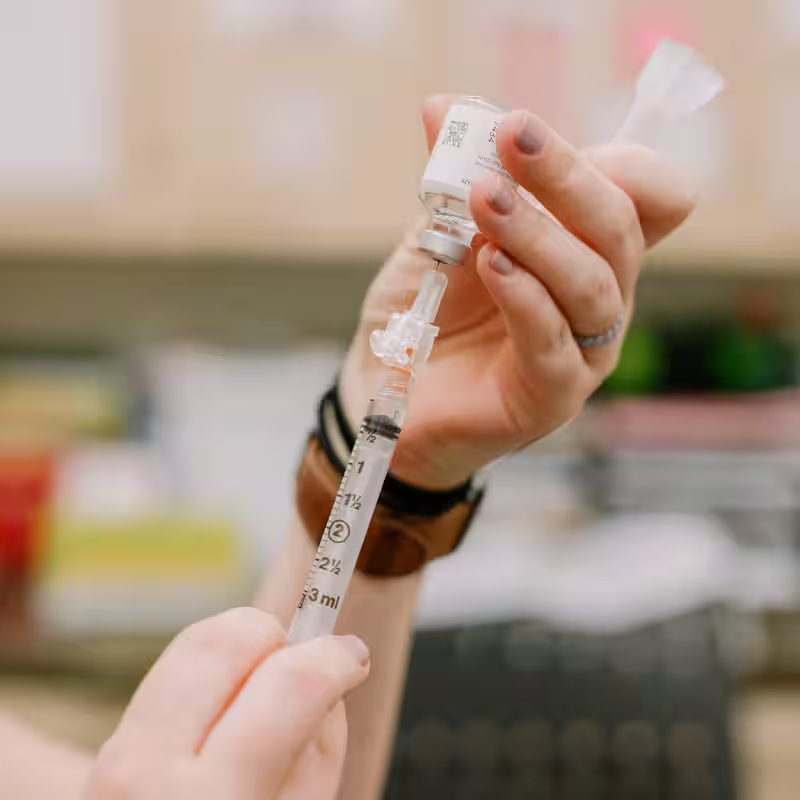Aluminum in vaccines is back in the national spotlight—and this time, it’s triggering alarm among public health experts. President Trump announced plans to remove aluminum salts from childhood inoculations, citing unproven concerns about links to autism. The move, if implemented, could jeopardize nearly half of all routine childhood vaccines—including those for polio, whooping cough, and seasonal flu—according to leading immunologists and federal health officials.
Why Aluminum in Vaccines Matters
Aluminum salts have been used safely in vaccines since the 1920s as adjuvants—substances that boost the body’s immune response to a virus or bacteria. Without them, many vaccines would fail to produce lasting immunity. The amount used is minuscule: typically less than 1 milligram per dose, often measured in micrograms (one-millionth of a gram).
“Aluminum is one of the most abundant elements on Earth,” said Dr. Bruce Gellin, former vaccine safety official at the Department of Health and Human Services and now president of global immunization at the Sabin Vaccine Institute. “We ingest it daily in food, water, and even air. The dose in vaccines is far lower than what children encounter naturally.”
Trump’s Claim and the Science Behind It
During a recent press briefing linking Tylenol to autism—a connection widely rejected by medical science—President Trump added aluminum to his list of suspect ingredients. “We’ve already taken out and are in the process of taking out mercury and aluminum now,” he said. “And there were rumors about both of them for a long time, but we’re having them taken out.”
Mercury (in the form of thimerosal) was removed from most childhood vaccines over 20 years ago as a precaution—despite no conclusive evidence of harm. Autism rates have continued to rise since, undermining claims of a causal link.
Now, with aluminum under scrutiny, experts fear history is repeating itself—but with far graver consequences. Unlike thimerosal, which was a preservative easily swapped out, aluminum is integral to how many vaccines work.
What Happens If Aluminum Is Removed?
Removing aluminum adjuvants wouldn’t be a simple label change. It would require re-engineering dozens of vaccines from scratch:
- About 50% of routine childhood vaccines rely on aluminum to be effective.
- Combination shots (like DTaP-IPV, which covers diphtheria, tetanus, pertussis, and polio) would likely be split or discontinued.
- Developing new formulations could take 5–10 years and cost hundreds of millions of dollars.
- During any transition, children could be left vulnerable to preventable, deadly diseases.
Health Secretary Kennedy’s Role
Health Secretary Robert F. Kennedy Jr., a longtime vaccine skeptic, has championed the idea that aluminum causes autism. He’s cited controversial researcher Dr. Christopher Exley, who in a 2018 study claimed to find elevated aluminum in the brains of five deceased individuals with autism—though their vaccination status was unknown.
Kennedy recently wrote that Exley told him aluminum “is the cause of profound autism.” The claim contradicts decades of peer-reviewed research, including a massive 2025 Danish study of 1.2 million children that found no link between aluminum exposure from vaccines and autism, asthma, or allergies.
Kennedy dismissed the study as “deceptive” and demanded a retraction—focusing on a subgroup of just 50 children with Asperger’s, while ignoring the broader findings.
Vaccine Makers and Federal Response
Major pharmaceutical companies—including Merck, Pfizer, GSK, and Sanofi—say they’ve received no formal guidance from the FDA or CDC about removing aluminum. Their position remains clear: aluminum adjuvants have a “well-understood safety record” spanning over a century.
Meanwhile, the CDC’s Advisory Committee on Immunization Practices (ACIP)—recently overhauled by Kennedy to include vaccine skeptics—is reviewing “the body of science related to aluminum.” But without robust evidence of harm, experts say any policy shift would be driven by politics, not public health.
Timeline: Aluminum in Vaccines – A Safety Record
| Year | Milestone |
|---|---|
| 1926 | First use of aluminum salts as vaccine adjuvant |
| 1980s–2000s | Dozens of large-scale studies confirm safety |
| 2004 | Institute of Medicine concludes no evidence linking aluminum adjuvants to serious harm |
| 2025 | Trump administration moves to remove aluminum despite scientific consensus |
Public Health at a Crossroads
Dr. Anders Hviid, lead author of the Danish study, warned that removing aluminum would be “a waste of resources and will expose U.S. children to unnecessary disease.” Dr. Ofer Levy of Boston Children’s Hospital acknowledged ongoing research into next-generation adjuvants but stressed: “We should keep making things better—but not break what already works.”
For now, no vaccine has been pulled from the market. But if the FDA or CDC weakens recommendations for aluminum-containing shots, vaccine confidence—and coverage—could plummet, reviving outbreaks of diseases once thought controlled.
Sources
The New York Times: Trump Rattles Vaccine Experts Over Aluminum




